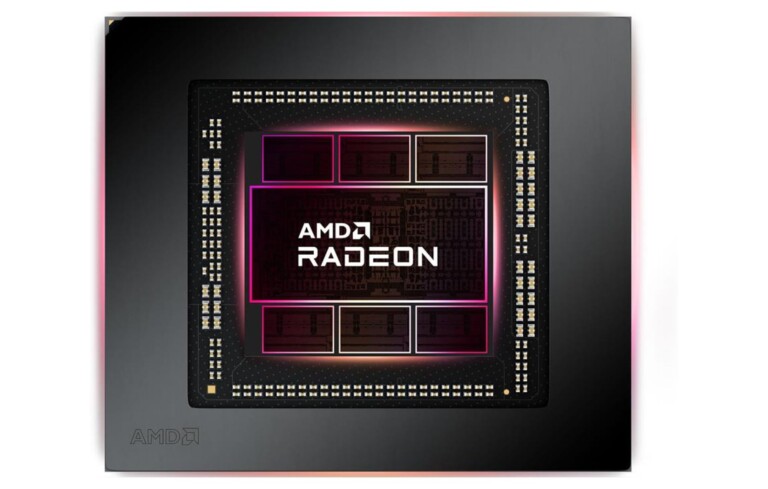High power consumption, lower performance than announced… Clues noted by certain attentive observers of the new Radeon RX 7900s could explain, at least in part, the various concerns encountered by the first users of the new AMD spearheads, officially launched in beginning of the week.
In a long thread shared on Twitter, @davidbepo shares his findings. We learn in particular that AMD would have chosen to launch its new high-end GPUs in a hardware version ( stepping ) still affected by bugs. In this case, AMD would have adopted the “A0” revision for the launch of its premium GPUs. This hardware version, visible in the VBIOS and not in GPU-Z (which for its part displays a “C8” revision), would be at the root of certain problems, in particular performance.
SUSPICION OF HARDWARE BUGS IN THE WILD…
In detail, the A0 revision of the Navi 31 GPUs would be faulty. It would have even forced AMD to postpone the launch of its RDNA 3 architecture for several months. As NotebookCheck reports , this hardware version has several shortcomings: GPU frequencies that vary too much from one game to another, abnormally high consumption, increased performance weak for the new calculation units despite the switch to 5 nm (only 12% compared to the previous generation, at the same frequency)… so many elements that AMD should ideally have tweaked.
We also learn that " some A0 chips " would have a shader prefetch simply disabled. This problem, discovered by @Kepler_L2 , would however be corrected on the Navi 32 chips expected in early 2023 on the mid-range Radeon.
In the absence of clarifications from AMD, this information should be taken with a grain of salt, but these findings could indeed explain why the Radeon RX 7900 XTX, in particular, is not as advantageous as expected. With it, AMD indeed promised up to 70% more performance compared to the Radeon RX 6950XT… but we are far from it, the first testers rather reporting an average increase of more or less 40%.
The EARLY ADOPTERSHARMED?
It remains to be seen why AMD would have knowingly chosen to launch its high-end graphics cards with a revision known for its persistent hardware bugs. The explanation would be to be found on the side of competition and timing . In all likelihood, AMD was unable to fix these issues in time before the planned launch window… and the need to quickly offer its own alternatives to the new GeForce RTX 4000s would have led the group to rush a little too much their launch.
In absolute terms, and as NotebookCheck indicates , AMD could very well launch a new version of its high-end cards during 2023 (through the Radeon 7950 XTX for example), but the worm would remain anyway in the apple for early adopters of the RX 7900 XT / XTX.
To follow us, we invite you to download our Android and iOS application . You can read our articles, files, and watch our latest YouTube videos.
Source: NotebookCheck

Comments
Post a Comment